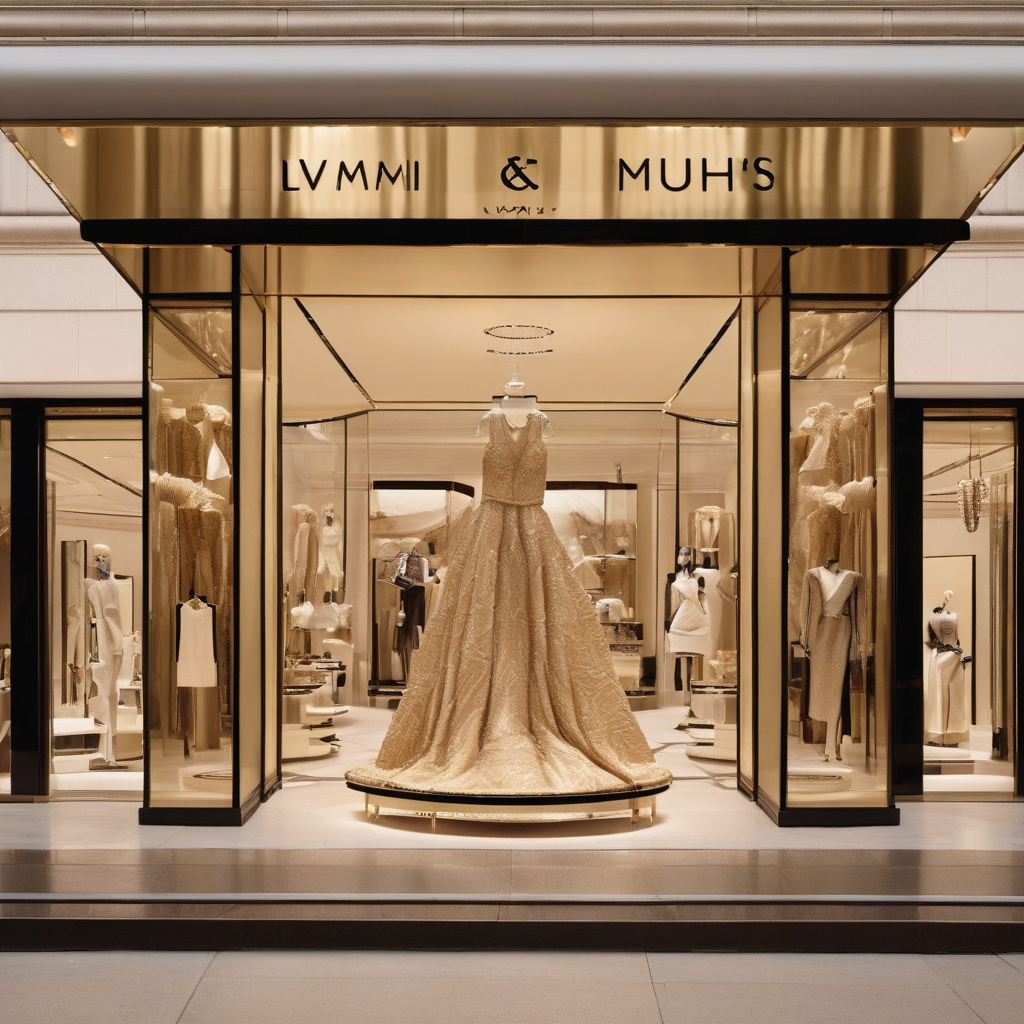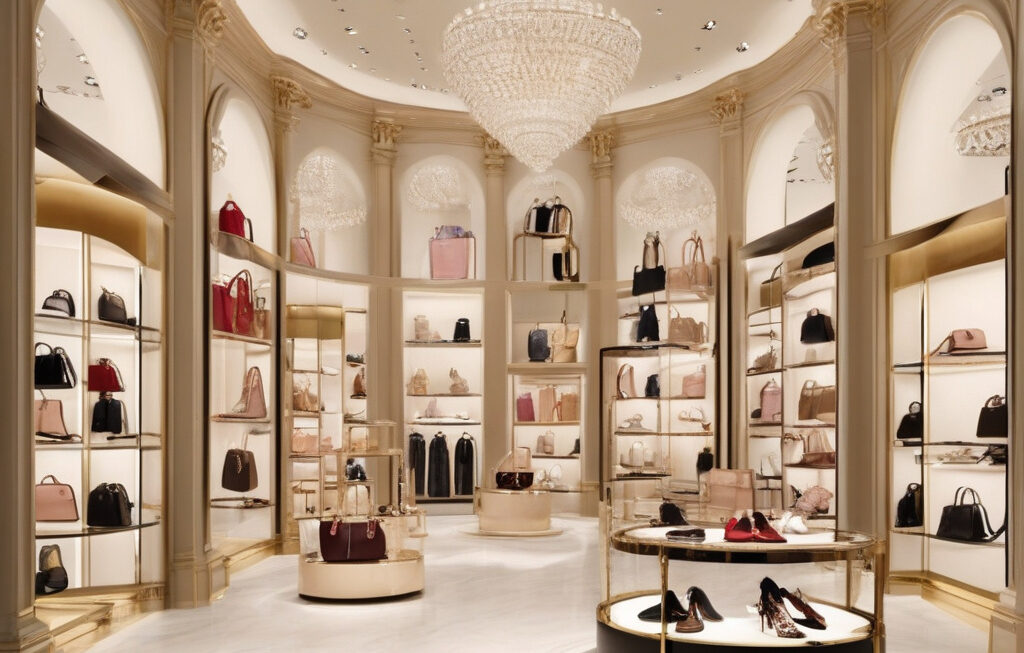LVMH Slide Signals No Quick End to Big Luxury’s Malaise
The luxury industry has hit a rough patch, with LVMH, the sector bellwether, recently announcing a steep sales decline in its core fashion and leather goods division. This division is home to iconic brands like Louis Vuitton and Dior, making it a key indicator of the overall health of the luxury market. The significant drop in sales is a clear signal that the challenges facing big luxury brands are far from over and that a recovery may be slow and arduous.
Despite initial hopes of a quick rebound after the disruptions caused by the pandemic, the latest figures from LVMH paint a sobering picture. The decline in sales at the fashion and leather goods division underscores the continued impact of the global health crisis on consumer behavior and preferences. With travel restrictions, economic uncertainties, and shifting priorities, luxury brands are facing unprecedented challenges in maintaining their market share and profitability.
One of the main factors contributing to the sales decline at LVMH is the shift towards casual and comfortable fashion choices in the wake of the pandemic. With more people working from home and social gatherings being limited, the demand for high-end designer handbags and accessories has waned. Consumers are gravitating towards more practical and versatile pieces that offer comfort and functionality, rather than luxury and status.
Another significant challenge for big luxury brands like LVMH is the rise of conscious consumerism. Today’s consumers, particularly younger generations, are increasingly prioritizing sustainability, ethical practices, and social responsibility when making purchasing decisions. This shift in values has put pressure on luxury brands to reevaluate their production processes, sourcing methods, and overall impact on the environment.
In response to these challenges, LVMH and other big luxury players are rethinking their strategies and business models. From accelerating their digital transformation to investing in sustainability initiatives, luxury brands are adapting to meet the evolving needs and expectations of consumers. For instance, LVMH has been expanding its online presence, launching virtual showrooms, and introducing sustainable collections to appeal to a new generation of luxury shoppers.
While the road ahead may be long and challenging, there are opportunities for big luxury brands to innovate and thrive in a post-pandemic world. By staying agile, responsive, and attuned to changing market dynamics, companies like LVMH can weather the current malaise and emerge stronger on the other side. The key lies in understanding consumer trends, embracing sustainability, and delivering value beyond just the product itself.
In conclusion, the recent sales decline at LVMH’s fashion and leather goods division serves as a wake-up call for the big luxury industry. It highlights the need for brands to adapt to a rapidly changing market landscape, where comfort, sustainability, and digital experiences are becoming increasingly important. By embracing innovation and redefining what luxury means in today’s world, big players in the industry can overcome the current challenges and pave the way for a more resilient and prosperous future.
luxury, LVMH, fashion, sustainability, consumerism












